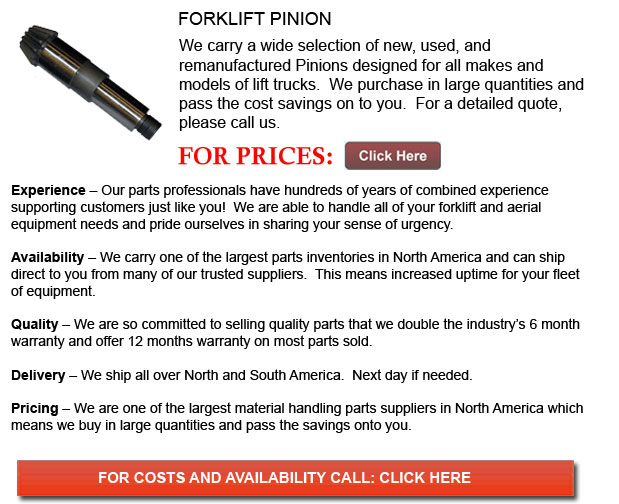
The king pin, normally made of metal, is the main pivot in the steering device of a motor vehicle. The first design was actually a steel pin wherein the movable steerable wheel was attached to the suspension. Able to freely rotate on a single axis, it restricted the degrees of freedom of movement of the rest of the front suspension. In the nineteen fifties, when its bearings were substituted by ball joints, more detailed suspension designs became available to designers. King pin suspensions are still utilized on various heavy trucks because they have the advantage of being capable of carrying a lot heavier cargo.
The new designs of the king pin no longer limit to moving like a pin. Now, the term may not even refer to an actual pin but the axis in which the steered wheels pivot.
The kingpin inclination or KPI is also referred to as the steering axis inclination or also known as SAI. This is the explanation of having the kingpin placed at an angle relative to the true vertical line on the majority of recent designs, as looked at from the front or back of the lift truck. This has a major effect on the steering, making it tend to return to the straight ahead or center position. The centre location is where the wheel is at its peak point relative to the suspended body of the lift truck. The motor vehicles weight tends to turn the king pin to this position.
The kingpin inclination likewise sets the scrub radius of the steered wheel, which is the offset between projected axis of the tire's connection point with the road surface and the steering down through the king pin. If these items coincide, the scrub radius is defined as zero. Even though a zero scrub radius is likely without an inclined king pin, it needs a deeply dished wheel in order to maintain that the king pin is at the centerline of the wheel. It is more sensible to incline the king pin and make use of a less dished wheel. This likewise supplies the self-centering effect.
![]() Click to Download the pdf
Click to Download the pdf
Forklift Parts








Lift Parts Express Modesto
TOLL FREE: 1-888-695-7994
LOCAL: 209-343-9537
3430 Tully Road
Modesto, California
modestoforkliftparts.com
Email Us
About Us



